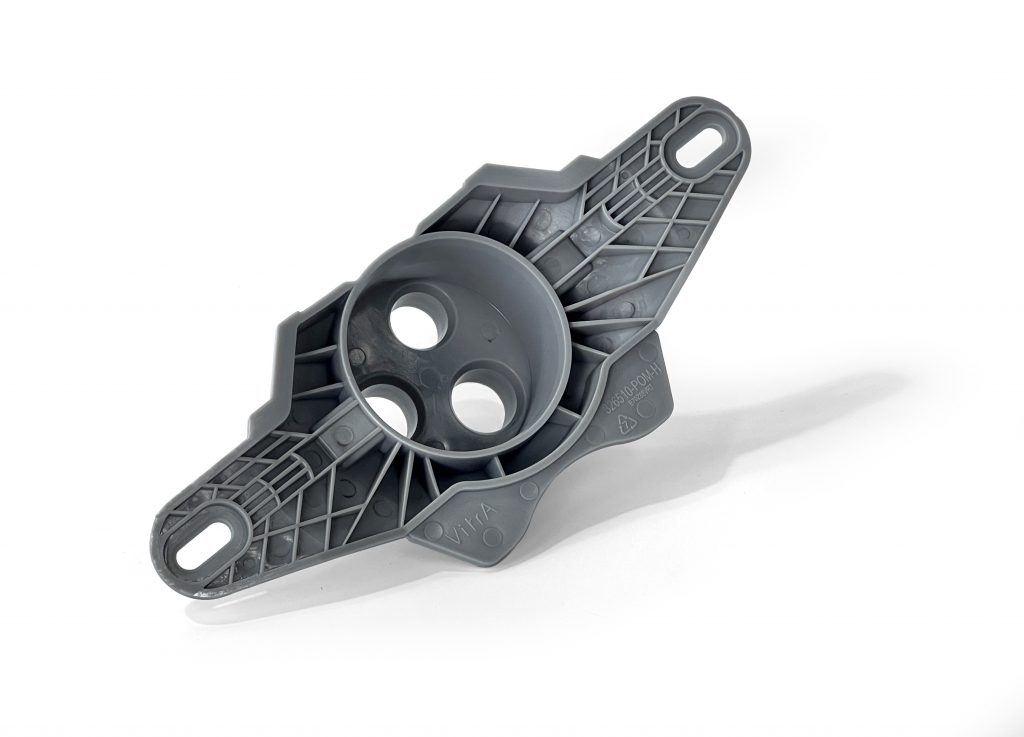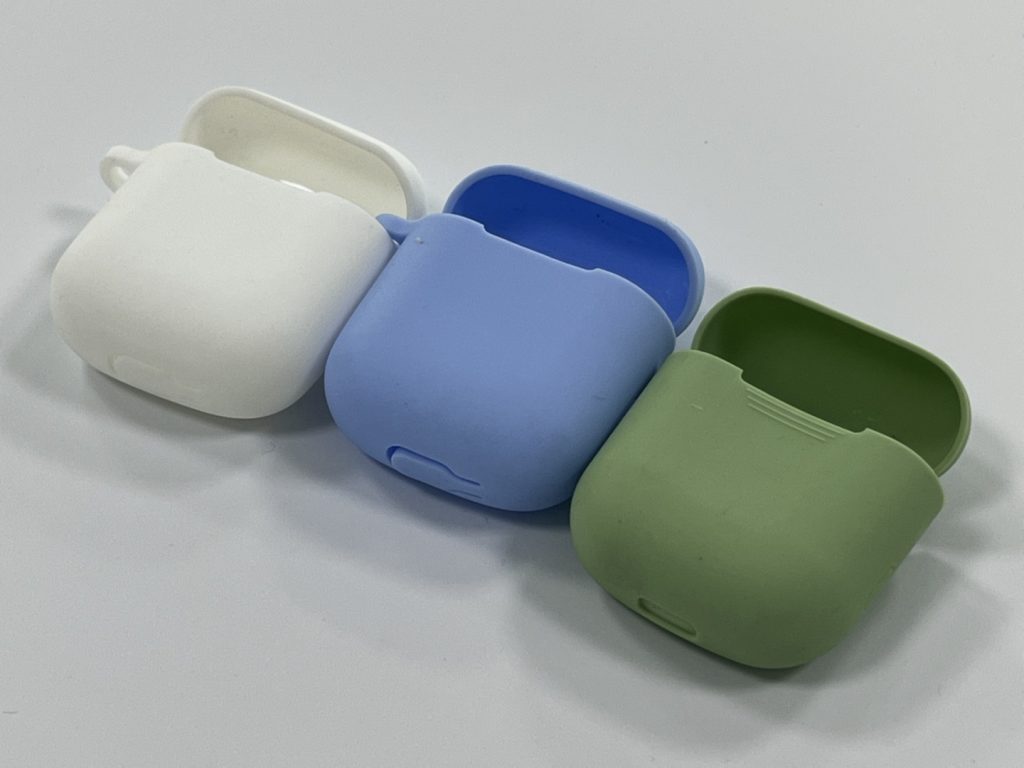Injection molding has a number of advantages. It minimises molding costs and is a highly repeatable way of producing plastic or elastomeric parts with high precision. Once set up, it can manufacture a large volume of parts per hour, from a wide range of different plastics plus other materials such as liquid silicone rubber.
However, like any manufacturing process, it does have some disadvantages, and if these prove significant to the success of your project, then you may be better off exploring alternative manufacturing technologies such as 3D printing or CNC machining.
In this blog, we will take you through the main advantages of injection molding and explore when it may be better for you to consider an alternative production method.

What are the advantages of injection molding?
Sometimes you can increase production by using a multi cavity or family mold, where several parts are produced from one press to further increase the manufacturing rate.
If you are outsourcing your molding then it’s also important to consider an efficient front-end design and order process – take a look at our on demand manufacturing.
You can even use fillers in the molding material, which adds greater strength to the completed part, and you have a huge range of colors to choose from as well. Talk to us about what you need your part to achieve – there are generally a number of different options.
What are the disadvantages of injection molding?
When should you consider alternative manufacturing methods to injection molding?

For very low production runs there are other technologies such as 3D printing or CNC machining which could provide a more cost-effective answer more quickly.
Using draft and radii to help ejection of the parts
Avoiding undercuts and sharp edges
Controlling wall thicknesses
You also need to consider where to place your gates, ejectors and cooling lines if aesthetics are important. And remember it’s also hard to change the design of a mold – you can remove part of the mold, or add plastic to your final part, but not the other way round.
For smaller production runs, 3D printing allows you to design virtually any shape or geometry that you require. As a rapidly developing technology there is an increasing number of plastic and other materials, even metal, that we can produce.
Using more affordable aluminium molds and quick turnaround times (as fast as a day) our on-demand service helps keep your per part cost down. It is ideal for anything between 10,000 and 25,000 parts, but can help control costs for production runs even smaller than this.
For low production runs measured in the hundreds or less then it is also worth exploring other manufacturing technologies such as 3D printing and CNC machining. With these technologies the cost per part will be lower and you will not face the initial set up costs or lead times involved in producing molds.
Injection molding is an excellent manufacturing technology for producing mid- to high-volumes of parts in plastic and liquid silicone rubber. It is evolving over time so it is worth exploring new ideas which could help you reduce your part cost for smaller production runs.
It’s also worth investigating whether other technologies such as CNC or 3D printing could provide a better option for small production runs or even custom-built parts.
Summary
This article explains the advantages and disadvantages of injection molding and discusses the details and uses of each. If you would like to learn more about injection molding or 3D printing please contact a PROTO MFG representative.
PROTO MFG provides a wide range of manufacturing capabilities and other value-added services for all of your prototyping and production needs. Visit our website to learn more or to request a free, no-obligation quote.